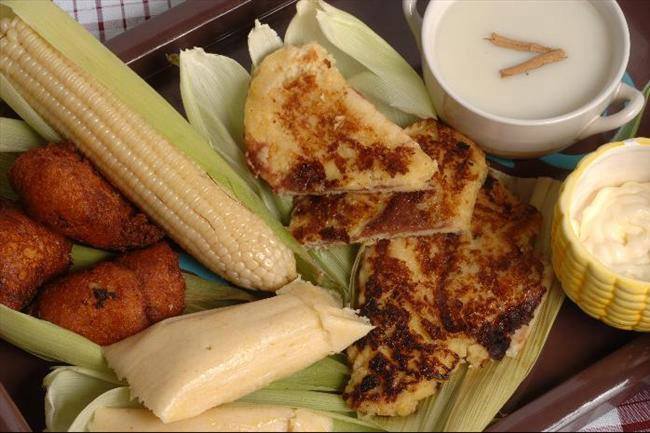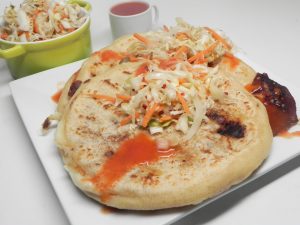Reading this week’s readings, I couldn’t help but relate it back to my childhood in El Salvador. There were so many things that I grew up watching that I did not realize were unique to my culture. For example, I remember it was really common to see fields burning after crops were harvested, and you’d sometimes find ashes on your windshield after leaving your car parked outside. I didn’t know that this tradition can be traced back to Maya people who used controlled fires to clear the area as a way to keep the soil nutrient rich and protect it against harmful microorganisms. It was only after reading that and I thought back to my childhood, that I realized the same isn’t done here in Canada. Another theme I was able to relate back to my culture was from Broccoli & Desire; it’s described that ‘wasting food is taboo, a cultural norm borne of necessity and instilled in children from an early age’. This is something that was really engrained in my sisters and I when we were growing up, and something we have noticed is not very common here where there is so much abundance of everything. I enjoyed reading about corn from a western perspective and it made me realize what a big part of people’s life this is in Central America. Since maize is a staple crop, at the end of the harvest, an “atolada” is hosted. Atoladas allow families to come together, thank God for their harvest and enjoy amazing food- similar to how Thanksgiving is celebrated here. Atolada comes from the word atol, which is a drink made out of elote (another word for maize). During an atolada, music is played, and dishes made from maize are served: corn on the cobb, atol, tamales, riguas, and everyone’s favourites: tortillas and pupusas. Riguas are a traditional Salvadoran corn cake. Nowadays atoladas are monstly only celebrated by people who own “fincas” which is like a ranch or by farmers who have milpas.
I have attached links to recipes for the atol de elote and riguas. Let me know if any of you try these recipes!
http://globaltableadventure.com/recipe/creamy-sweet-corn-drink-atol-de-elote/
https://www.196flavors.com/el-salvador-riguas/

